Fire sprinkler shutoff tools minimize the risk of water damage but there’s no one-size-fits-all solution
Compared to fire hoses, fire sprinklers ration water exceptionally well, containing or stopping fires with significantly less water—anywhere from 50 percent to nearly 95 percent less. But when a fire sprinkler accidentally discharges with no fire in sight, water damage (and the resulting expenses of cleanup) can amass quickly. The Shutgun is the solution.
This specialized line of tools can allow anyone—even those with a flimsy understanding of how fire sprinklers work—to stop sprinkler discharge. In this article, we explain what these fire sprinkler shutoff tools do, how they vary, and how everyone, from building owners to contractors, can make an informed purchase of the right one for the job.
Fire sprinkler shutoff tools aren’t the only way to stop discharge from a broken head—but they may be the fastest
In “How to Temporarily Stop a Damaged or Activated Fire Sprinkler Head,” QRFS looked at a range of situations leading to unwanted fire sprinkler activation. In short, fire sprinklers almost never discharge from a manufacturing defect but human error—from actions as simple as hanging a wedding dress on a sprinkler head—can unleash a damaging deluge of water. Tens of thousands of dollars have been spent repairing damage in college dormitories, hotels, detention centers, and any other setting where fire sprinklers and people are in close quarters.
It should be fairly easy to stop an accidental discharge. Each building should have designated personnel who can quickly locate and operate shut-off valves, either in the area affected or (if needed) for the whole system.
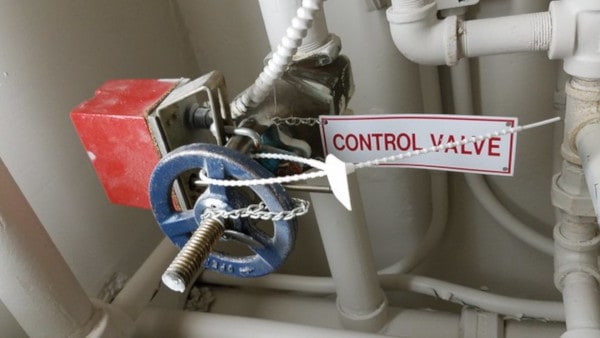
That’s the theory, anyway—but the practice is a bit more complicated. If, for some reason, there’s nobody familiar with the fire sprinkler system on-site (or if the facility only allows select personnel to interact with control valves) locating and using those valves becomes far more difficult. On-site staff may need to contact the fire department and wait until they show up to shut the valves themselves. In the meantime, water damage continues. Some restoration firms estimate that a fire sprinkler causes $1,000 to $2,000 in damage each minute it remains active.
Afterward, the headache isn’t over: water still in the system will continue to drain through the open head. And closing those control valves has left the fire sprinkler system inactive, in part or in whole, placing the building at risk in the event of a fire. Consequently, local fire codes may require people to patrol the building day and night watching for fire or, in some cases, occupants to evacuate the building until sprinkler contractors complete repairs.
Looking for a more extensive introduction to accidental discharge and its prevention? Click here.
The Shutgun stops fire sprinklers from discharging water—while temporarily acting as a new sprinkler head
In most instances, unwanted discharge is localized. Sprinkler heads in the vast majority of systems activate one at a time, which means that stopping water damage is ultimately a matter of finding and closing off a single damaged head.
Enter the Shutgun: a sprinkler tool designed to stop water from individual heads, one at a time. Developed by Technicraft, a Canadian manufacturer of leak-prevention tools, it not only closes off the damaged fire sprinkler, but it also acts as a substitute for its thermal element and plug—the parts that fall away when a head activates. To stop the flow of water, users place the tool’s tip at the orifice and squeeze the handle. That squeezing motion spreads its jaws apart, leaving the Shutgun securely fastened to the sprinkler’s frame with the orifice completely sealed.
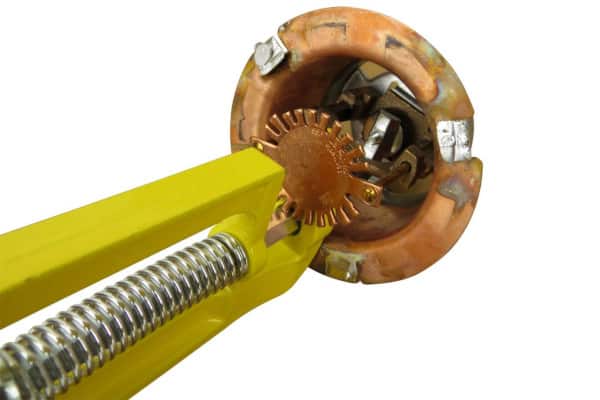
Each Shutgun sprinkler tool acts as a short-term replacement for a fire sprinkler head. If ambient temperatures get too high (typically, over 165 degrees Fahrenheit), the tool detaches from the sprinkler, allowing water to flow just as it would if the sprinkler activated normally.
Fire sprinklers vary; so does this shutoff tool
Many fire sprinklers can be fixed with the standard Shutgun, which stops spray from pendent, horizontal sidewall, and upright-type heads. Each of these types is readily identifiable by how it hangs: pendent sprinklers point downward, upright heads point up, and horizontal sidewall heads stick out from a wall or exposed, vertically running pipe. Standard Shutguns are designed to work with sprinklers that have a 1/2-inch orifice—the most common size.
Need a primer on fire sprinkler types? Click here.
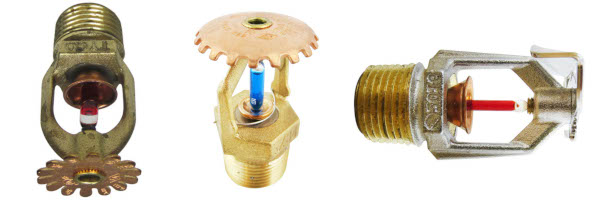
Two sprinkler types can’t be shut off with a standard model: concealed heads, which sit too deep for the tip to reach, and institutional heads, which have an unusual design that can’t be gripped with the jaws of a conventional Shutgun. Conventional models also won’t work when heads have been so damaged that parts of the frame are missing.
But in each of these cases, specialty fire sprinkler shutoff tools can provide quick and easy closure. For concealed heads, there’s a concealed Shutgun; for institutional heads, an institutional model; and, for sheared heads, there’s—you guessed it—a sheared model.
A few simple tips to help building owners reduce water damage with fire sprinkler shutoff tools
In a large building, it can be difficult to determine which Shutgun (or several models) are needed. Pendent sprinkler heads tend to be the most common, but many buildings use a mix of sprinkler types. Hotels, for example, may have concealed sprinklers in areas where appearances matter—such as bedrooms and common areas—along with standard pendents in non-guest areas and sidewall sprinklers in hallways.
However, there’s an alternative to scouring every floor and ceiling for sprinkler head types. In jurisdictions that adopt guidelines from the National Fire Protection Association (NFPA), all commercial buildings (and large residential buildings) must have a supply of spare sprinkler heads on hand. These rules, which are listed in NFPA 13: Standard for the Installation of Sprinkler Systems, stipulate that those spare sprinklers be kept in a cabinet on the premises.
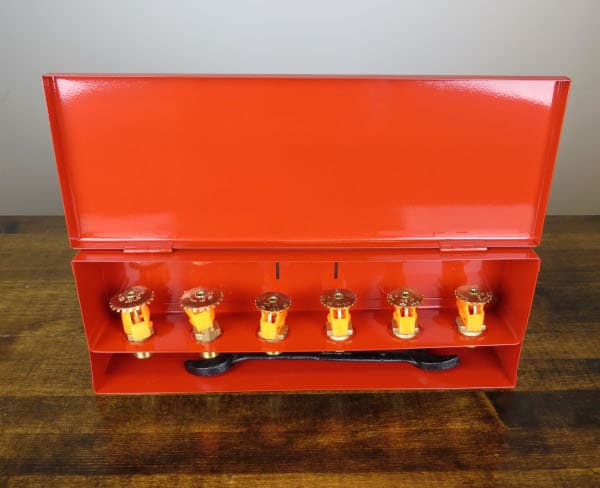
Not only does this cabinet need to provide spares for every sprinkler—providing a solid indication of which types are in use—it also includes a full list of sprinklers installed on the property. While they don’t say how many of a given type are in use, or where they’re located, complete lists provide basic descriptions of each sprinkler model, including their type or orientation. That list can be used to determine which Shutgun models are needed.
Two additional recommendations can help minimize water damage: first, ensure that fire sprinkler shutoff tools are accessible, easy to find, and close at hand. To fully reap the benefits of owning a Shutgun, it’s important to have one within walking distance on every floor—otherwise, it’s not necessarily faster than running to the control valve. Second, if the building features a dense mix of sprinkler types, give some thought to the Shutgun Kit, which includes all four models along with additional attachments for concealed heads, sheared heads, and large heads.
Full kits allow contractors to confidently face uncertain risks
While building owners and property managers have the time and access needed to plan against accidental discharge, construction workers may know little to nothing about the fire sprinkler system in a given building. Contractors working around sprinklers may find themselves unable to answer basic questions when one is accidentally opened: who’s responsible for shutting the water off? Where’s the control valve? Do I have to call the fire department?
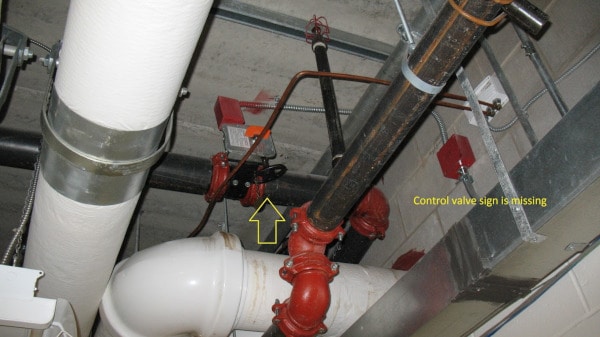
While it’s tempting to pre-emptively shut the system down, that’s not an option in many cases. During renovations, a shut-down may require a costly fire watch. And while keeping a Shutgun handy is a solution, there’s another issue: fire sprinklers vary from job site to job site. Which model do you choose?
A standard model may help most contractors in most cases, but it’s not always ideal. If the work involves placing heavy machinery, pipe, or other materials near fire sprinklers, a sheared Shutgun may deliver when a standard version can’t. Contractors may be able to infer which kinds of sprinklers are likely in a given facility—systems in low-temperature environments often feature ice-resistant upright heads, while correctional facilities and hospitals frequently use tamper-resistant institutional heads—but that sort of guesswork can prove expensive.
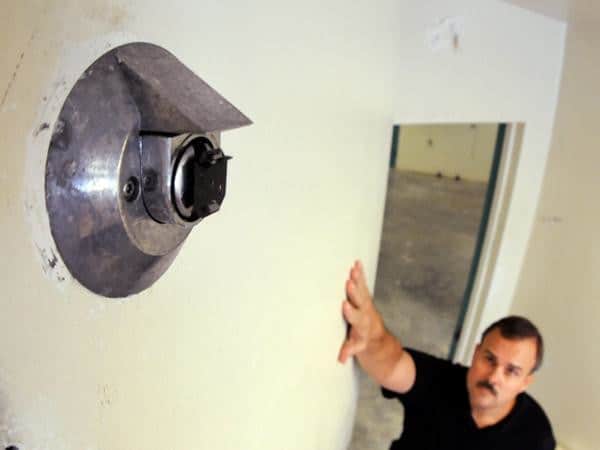
This is why most contractors are probably best served by the Shutgun Kit. Its attachments for a variety of scenarios and sprinkler types allows contractors to work on a range of job sites with the knowledge that nearly any sprinkler can be closed off in a matter of seconds.
Simple preparations can keep accidental sprinkler discharge in check
With options for concealed heads, sheared heads, institutional heads, and standard upright or pendent heads, Technicraft’s line of Shutguns make quick work of getting rogue fire sprinklers under control. They’re surprisingly easy to use but it’s important for users to familiarize themselves with how they work before the situation calls for it. Few learning experiences are as close to “drinking from a fire hose” as stopping an actively-discharging sprinkler head. But as the video below shows, using these tools is easy enough:
QRFS is proud to offer four of Technicraft’s leading fire sprinkler shutoff tools, including:
- Shutgun for Pendent, Upright, Horizontal Sidewall, and Semi-Recessed Heads
- Shutgun for Institutional Heads
- Shutgun for Concealed Heads
- Shutgun for Sheared Heads
Each of them is made from cast aluminum and features a heat-sensitive metal element that detaches at 165 degrees Fahrenheit, allowing damaged sprinklers to continue providing fire protection.
QRFS also offers Technicraft’s Shutgun Kit, which includes the following items in a portable carrying case weighing only six pounds:
- Four Shutguns, including the original, sheared, institutional, and concealed models
- One additional concealed head tip for ¾” sprinkler heads
- Two additional sheared head attachments—one for ½” and one for ¾” sprinkler heads
- One attachment for 3/4″ fire sprinkler heads
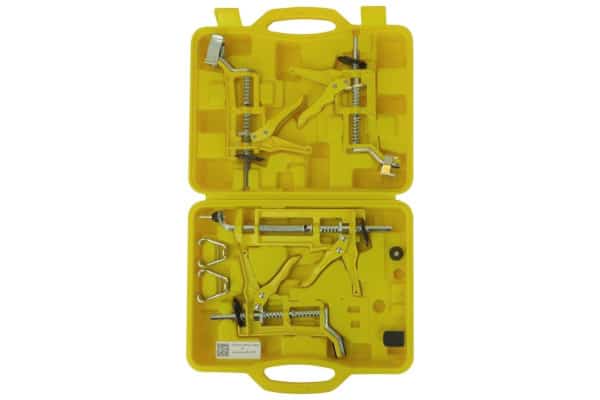
Browse our selection of Shutgun sprinkler tools and accessories.
Questions about fire sprinkler shutoff? Call us at +1 (888) 361-6662 or email support@qrfs.com.
This blog was originally posted at blog.qrfs.com. If this article helped you choose the right tool for your building or business, check us out at Facebook.com/QuickResponseFireSupply or on Twitter @QuickResponseFS.


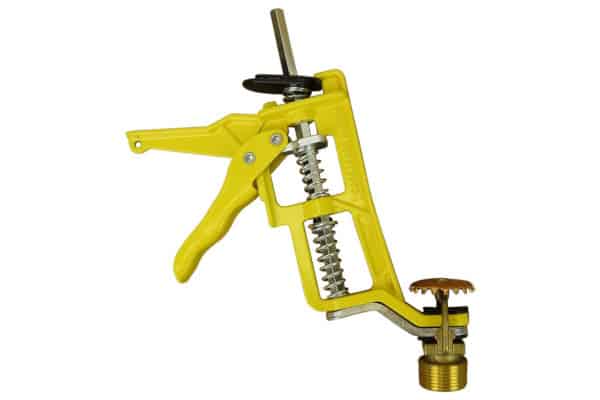
What about 1 inch heads?
James — If a head is not sheared off, the Shutgun works with various sizes. Regarding sheared-off heads, Shutgun offers “Sheared Head Attachments for ½” or ¾” sprinkler heads and the ¾” Attachment for large orifice sprinkler heads.” We contacted Shutgun and asked whether the 3/4 large orifice would be sufficient to handle a sheared off 1″, and their response was “The short answer is, ‘no.'” Thanks!